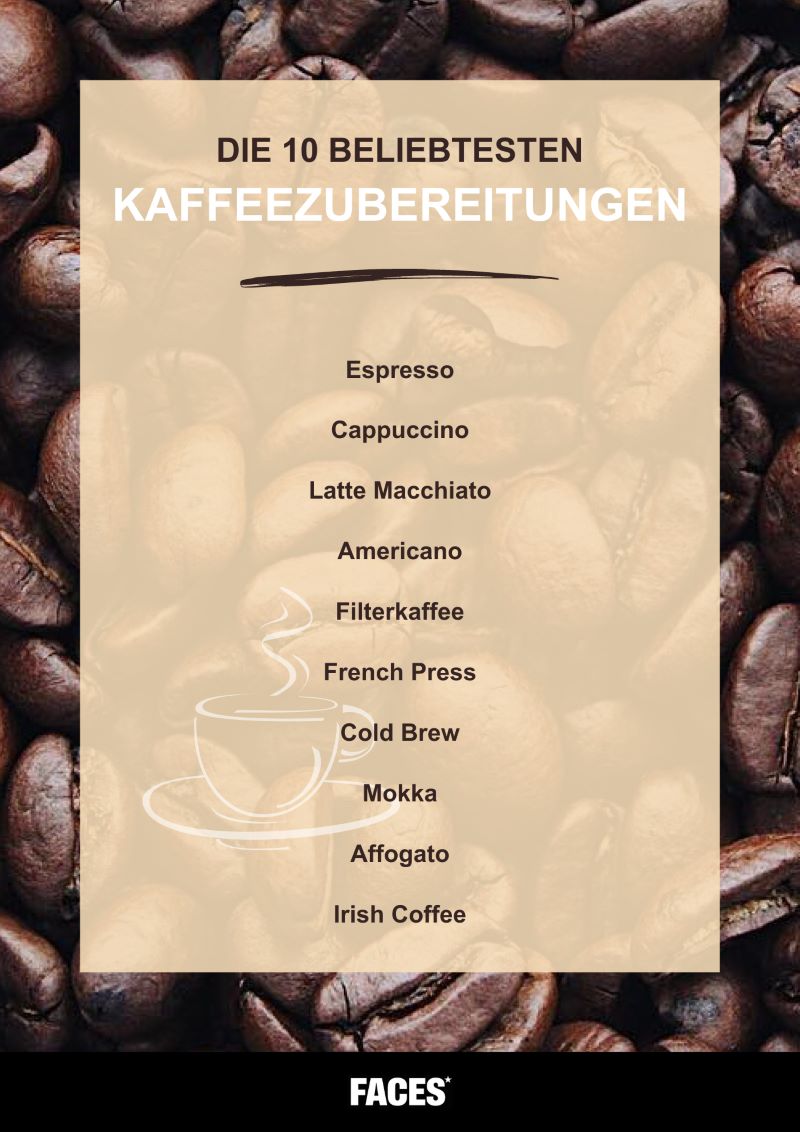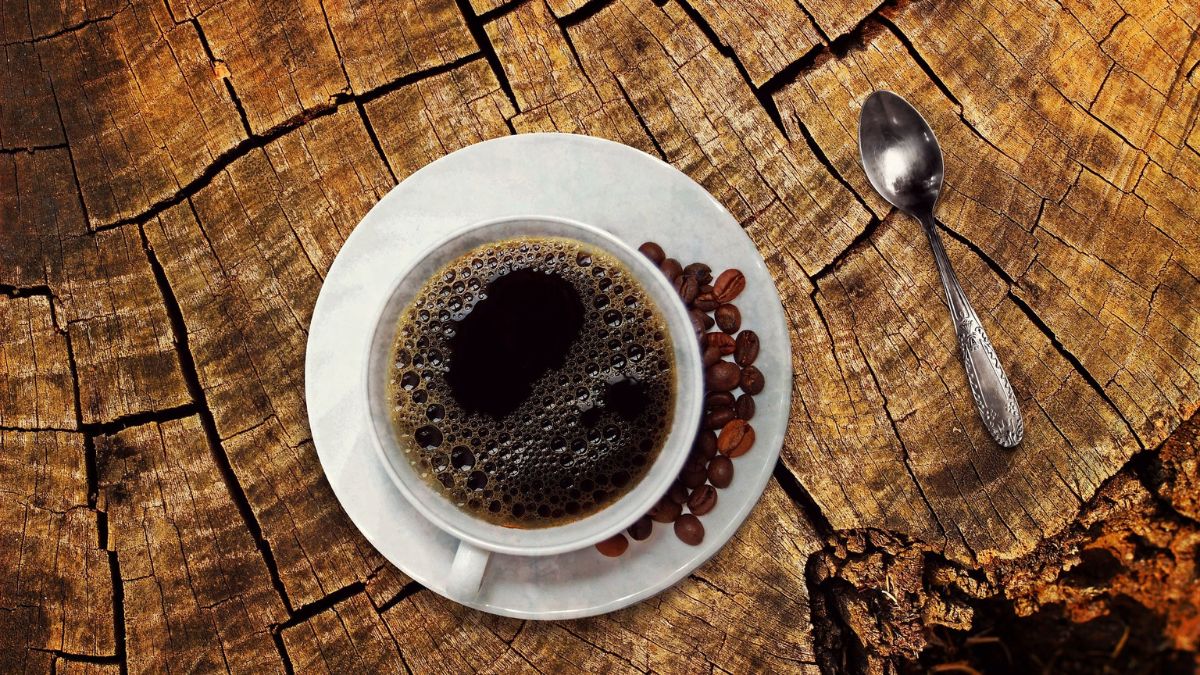Enjoying the perfect cup of coffee at home is an essential part of daily life for many people. Whether you are preparing your first coffee of the day in the morning or taking a short break in the afternoon – a successful coffee experience can lift your spirits and indulge your senses. In this article, we want to shed light on the various aspects that contribute to perfect coffee enjoyment.
It’s not just about the choice of beans, but also about correct preparation, the influence of water quality, the cultural significance of coffee and tips and tricks to make coffee enjoyment varied. Whether you are already a coffee connoisseur or just starting out on your personal coffee journey, this article provides valuable information and suggestions for perfecting your coffee enjoyment at home.
Good coffee starts with the beans
Choosing the right coffee beans is a crucial step on the way to perfect coffee enjoyment. There are countless varieties and roasts to try, but first you should understand the differences between Arabica and Robusta beans. Arabica beans are generally milder and more aromatic, while Robusta beans have a stronger taste and more caffeine. You should consider which flavors and degrees of roast suit your own preferences.
Light roasts have a fruity, acidic taste, while medium roasts are balanced and spicy. Dark ro asts, on the other hand, have a strong, chocolaty character.
The quality of the beans plays a central role here. Care should be taken to buy aromatic coffee beans from sustainable cultivation and fair trade. Local roasteries are often a good place to find high-quality beans, as they are freshly roasted and processed in small quantities. Alternatively, you can also use online stores and recommendations from coffee connoisseurs.
It’s worth trying out different types of beans and roasts until you find a coffee that suits your taste. You shouldn’t be afraid to try new things and be inspired by the diversity of the coffee world.
How to make the perfect coffee
Once you have found the right beans, it’s time to prepare the coffee. If you know what’s important here, you can easily make fantastic coffee. There are various methods that you can try out at home. The most common include classic filter coffee, espresso and the French press.
With filter coffee, hot water is poured over the coffee powder, which then drips through a paper or metal filter into the coffee pot. This method is quick and easy, but can lead to a weak taste if the dosage is incorrect or the grind is too coarse.
For espresso, you need an espresso machine that presses hot water through the finely ground coffee powder under high pressure. This results in a concentrated and intense taste experience.
The French press, on the other hand, is a manual method in which the coffee powder is poured over with hot water and pressed through a sieve after a few minutes. The result is a full-bodied and aromatic coffee.
The right dosage and the right degree of grinding are crucial for a successful result. As a rule of thumb, you should use around 7-9 g of coffee powder per 125 ml of water. The grind should be adjusted depending on the preparation method: fine for espresso, medium for filter coffee and coarse for French press. By experimenting and adjusting the parameters, you can find the ideal coffee preparation for your personal taste.

The right water quality makes all the difference
Water quality has a significant influence on the flavor profile of the coffee, as water contributes to around 98 percent of the finished beverage. Impurities or high levels of minerals in the water can affect the taste of the coffee or produce undesirable aromas.
It is therefore worth filtering the tap water to bring out the pure taste of the coffee beans. The brewing temperature is also crucial: ideally, it should be between 90 and 96 degrees Celsius so that the flavors can come out optimally.
Why coffee is so popular
Coffee has a long and fascinating history that underlines its cultural significance. Originally discovered in Ethiopia, coffee spread across the Arab world and finally reached Europe, where it was introduced in the 17th century. It became increasingly popular in the 19th century. Nowadays, coffee is a worldwide phenomenon and a central element of many cultures.
Coffee culture varies from country to country and reflects local traditions and preferences. In Italy, espresso takes center stage, while filter coffee is preferred in Scandinavia. In Turkey, coffee is traditionally very finely ground and served with sugar in small cups. So you could say that coffee acts as a kind of culinary ambassador, bridging cultural differences and bringing people together.
Coffee is more than just a drink – it’s a social ritual and a stimulant that strengthens friendships and holds communities together. In many countries, it is common to meet in cafés to exchange news or do business over a cup of coffee. It is these shared moments that make coffee an indispensable part of everyday life.
Tips for more variety when drinking coffee
There are numerous options to experiment with in order to diversify your coffee enjoyment at home. One option is to try out different roasts and preparation methods.
Various ingredients that change or refine the taste of the coffee also help. Milk and milk substitutes such as soy, oat or almond milk can make the coffee creamier, while syrups such as vanilla, caramel or hazelnut provide additional sweetness and flavor. Spices such as cinnamon, cardamom or nutmeg give the coffee a special note and open up new worlds of taste.
It is also worth trying out regional coffee specialties and current trends. Whether it’s a sweet, frothy cappuccino, a refreshing iced coffee or a tasty cold brew – the world of coffee offers numerous ways to spice up your own coffee enjoyment.
Conclusion
The perfect coffee enjoyment at home is influenced by various factors. This includes the selection of high-quality beans, careful preparation and good water quality. Knowing the cultural significance of coffee, it is no surprise that the drink is so popular.
By keeping an open mind and trying out different flavors, preparation methods and ingredients, you can continue to refine your personal coffee. The path to the perfect coffee is a journey of discovery on which you can be inspired by the exciting diversity of the coffee world.
Find out why and how to roast coffee beans here.
Image from pixabay by Anja









